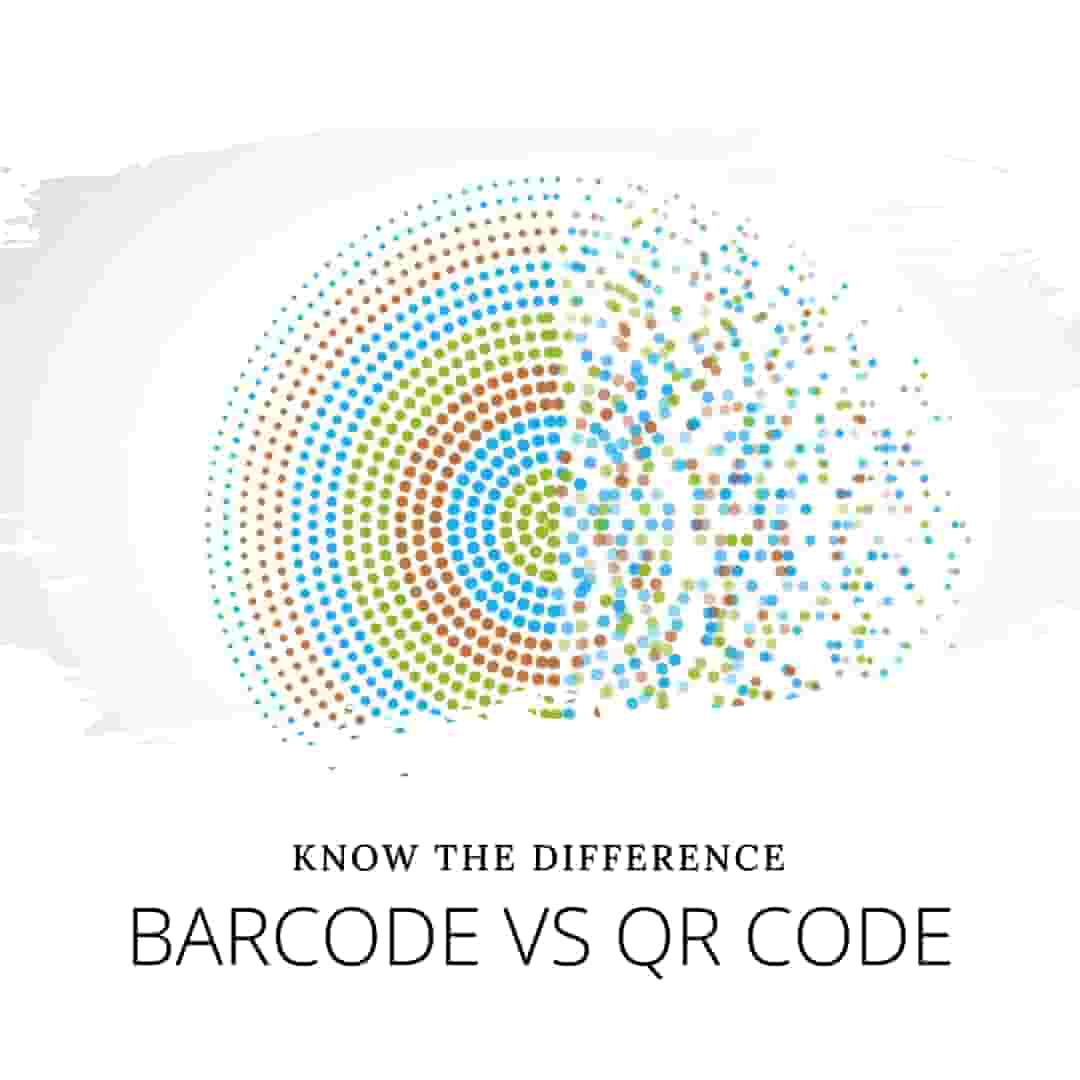In the age of rapid technological advancements, understanding the tools that facilitate digital transformations is vital. One such aspect that has influenced industries and consumers alike is the use of scannable symbols: barcodes and QR codes. But what sets them apart?
This article delves deep into their distinction, guiding you through the evolution, design, and real-world applications of these scannable marvels.

Historical Overview
-
Barcodes: The Pioneer of Product Identification
-
Origins: The concept of barcodes dates back to the 1940s. They revolutionized retail, providing a streamlined way to track products and inventory.
-
Evolution: Over time, barcodes have seen variations like the UPC (Universal Product Code) and EAN (European Article Number). These versions catered to the ever-evolving needs of retailers and suppliers.
-
-
QR Codes: The Evolution for a Digital Age
-
Beginnings: Introduced in Japan during the 1990s, QR codes were initially developed to track automotive components during manufacturing.
-
Global Expansion: Their application soon expanded beyond the auto industry, resonating with sectors like marketing, healthcare, and more.
-
Design and Structure: Understanding Their Composition
Barcodes are simple structures that have been around for decades. They use a series of parallel lines to store data, usually in a one-dimensional format. This design limits them to carrying mostly numerical data.
Barcodes
Linear by design, barcodes use a pattern of lines to convey data. The spaces and widths of these lines vary, each combination representing a specific piece of information. Due to their design, they're mainly restricted to numbers.
- One-Dimensional: Storing data solely in a horizontal manner, barcodes are a one-dimensional medium. Their reliance on this singular axis means their data capacity remains somewhat limited.
- Data Capacity: Barcodes typically carry a constrained set of data. Given their one-dimensional nature, the range is often restricted to numbers, limiting their versatility.
QR Codes
Deeper into QR codes and you'll find a 2D matrix. This design allows data storage on both horizontal and vertical axes. The result? A more versatile and expansive data capacity.
- Two-Dimensional: The beauty of QR codes lies in their two-dimensional structure. Unlike barcodes, they store data across a grid pattern, increasing their storage potential significantly.
- Data Diversity: QR codes are diverse in the data they can store. From alphanumeric entries to even more complex symbols like Kanji, their capacity goes beyond basic numbers.
Applications and Usages
-
Barcodes: The Retail Giant
-
Retail and Inventory: Barcodes have been indispensable in product tracking, pricing, and inventory management.
-
Library Systems: They've also made checking books in and out efficient.
-
-
QR Codes: The Versatile Performer
-
Payment Systems: Many mobile wallets and payment apps utilize QR codes for easy transactions.
-
Marketing Campaigns: Companies embed URLs or promotional details in QR codes for interactive campaigns.
-
Healthcare: QR codes have been used to access patient records swiftly.
-
Scanning Technologies: How They're Read
Barcode Scanners: Barcode scanners operate using a combination of a light source, lens, and a light sensor. The emitted light source illuminates the barcode, and the lens captures the reflected light. This optical information is then converted by the light sensor into electrical data, which is interpreted and displayed digitally. This technology ensures swift and efficient data logging, particularly in retail and inventory sectors. source: National Retail Federation
QR Code Scanners: The majority of smartphones today come equipped with cameras capable of reading QR codes. Once aimed at the QR code, the camera captures the data, and the in-built software decodes the information, providing instant access to URLs, text, or other embedded data. For more heavy-duty applications, like in manufacturing or logistics, specialized QR code scanners are utilized to enhance accuracy and durability. These dedicated devices guarantee quick, precise reads even in challenging environments. source: GS1 US
Pros and Cons: Analyzing Their Strengths and Limitations
Barcodes:
-
Pros: Barcodes, with their straightforward design, offer quick scanning due to a globally accepted infrastructure. Their universality ensures that most retailers and industries recognize them without hassles.
-
Cons: Their main drawback is the limited data they can store, which sometimes restricts their application. Additionally, any physical damage or smudging can render them unreadable, potentially disrupting operations.
QR Codes:
-
Pros: QR codes can hold a treasure trove of information, making them apt for various industrial applications. Their biggest advantage is the ease with which everyday devices, like smartphones, can scan them.
-
Cons: For effective scanning, they demand a more significant space on product labels or advertisements. Their utility might also be lost on individuals not well-acquainted with digital scanning practices.
The Future: Where Are We Headed?
With the rise of IoT (Internet of Things) and increased digitization, both barcodes and QR codes will continue evolving. While barcodes remain pivotal in retail, QR codes are gradually embedding themselves into everyday user experiences.
Practical Tips: How to Choose Between the Two
Depending on your industry and the nature of the application, one may be more suitable than the other. Assess factors like required data capacity, available space, and scanning infrastructure before making a decision.
In Conclusion
The distinction between barcodes and QR codes goes beyond their visual differences. Their history, design intricacies, and vast array of applications highlight the ingenuity of human innovation in bridging the physical and digital realms. By understanding these differences, businesses and individuals can leverage them effectively in this digital age. Whether you're a tech enthusiast, a business owner, or a curious consumer, the world of scannable symbols is fascinating, impactful, and here to stay.